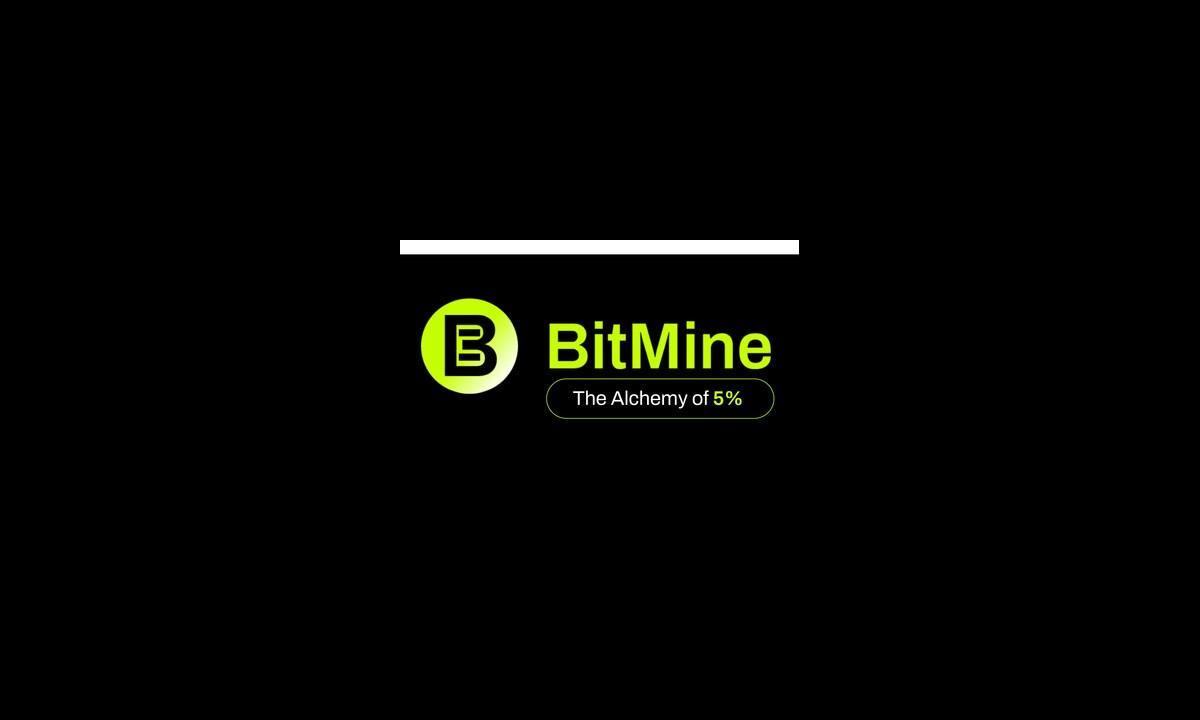Instamine refers to a process in the world of cryptocurrencies where a significant portion of a coin’s or token’s supply is mined quickly and unevenly distributed among investors. This phenomenon can have a substantial impact on the market dynamics and price of the digital asset. Let’s explore instamine in more detail.
What is Understanding Instamine?
When a new cryptocurrency is launched, it typically has a predetermined distribution mechanism to gradually release its supply over time. For example, Bitcoin’s supply will be released until 2140, ensuring a fair distribution and reducing the chances of market manipulation.
However, in the case of instamine, the distribution of coins happens rapidly and often unevenly. This usually occurs in the early stages of a cryptocurrency’s existence when there is significant investor interest. As a result, a considerable amount of the digital asset becomes available quickly, potentially leading to an oversupply and a subsequent decline in its price.
What is Intentional and Accidental Instamine?
Instamining can happen intentionally or accidentally, depending on the circumstances. In some cases, developers may intentionally design a cryptocurrency to have an instamine period as a strategy to attract early miners and investors. By offering easy mining opportunities, they hope to create excitement and generate a dedicated community around the project.
On the other hand, accidental instamine occurs due to flaws in the mining algorithms or technical issues during the launch of a cryptocurrency. These issues can result in unintended consequences, such as an imbalance in the distribution of coins or tokens.
What is Instamine vs. Pre-mining?
It’s essential to differentiate between instamine and pre-mining. While both processes involve generating a coin’s supply before it becomes available to the public, there are significant differences.
Instamine occurs after the launch of a cryptocurrency, where a large number of coins or tokens are mined quickly. This can lead to market volatility and potential unfair advantage for those who acquired the digital asset during the instamine period.
On the other hand, pre-mining refers to generating the entire supply of a cryptocurrency before its public launch. In this case, the development team or founders hold a significant portion of the coins or tokens and can distribute them as they see fit. Pre-mining is often a subject of controversy, as it can create concerns about centralization and unfair advantage.
What are the concerns and issues with Instamine?
Instamining has been associated with fraudulent activity and unfair competition in the cryptocurrency industry. When a cryptocurrency experiences an instamine, it can create an imbalance in its supply and potentially manipulate its market dynamics.
One notable example is the case of Dash. When Dash was initially launched, it faced issues with its mining difficulty algorithm, resulting in the issuance of two million coins (15% of its total supply) within just two days. These coins were then sold at significantly lower prices, potentially impacting the cryptocurrency’s market reputation and value.
Instances like the Dash instamine highlight the importance of careful design and testing of mining algorithms to avoid unintended consequences. Developers need to ensure a fair and balanced distribution of coins or tokens to maintain trust and integrity within the cryptocurrency ecosystem.
What is the conclusion?
Instamine is a phenomenon in the world of cryptocurrencies where a significant portion of a digital asset’s supply is mined quickly and unevenly distributed. It can occur intentionally or accidentally, leading to market volatility and potential manipulation.
As a newbie to the blockchain and cryptocurrency space, it’s essential to be aware of instamine and its implications. By understanding the concept, you can make more informed investment decisions and evaluate the fairness and integrity of a cryptocurrency’s distribution mechanism.














